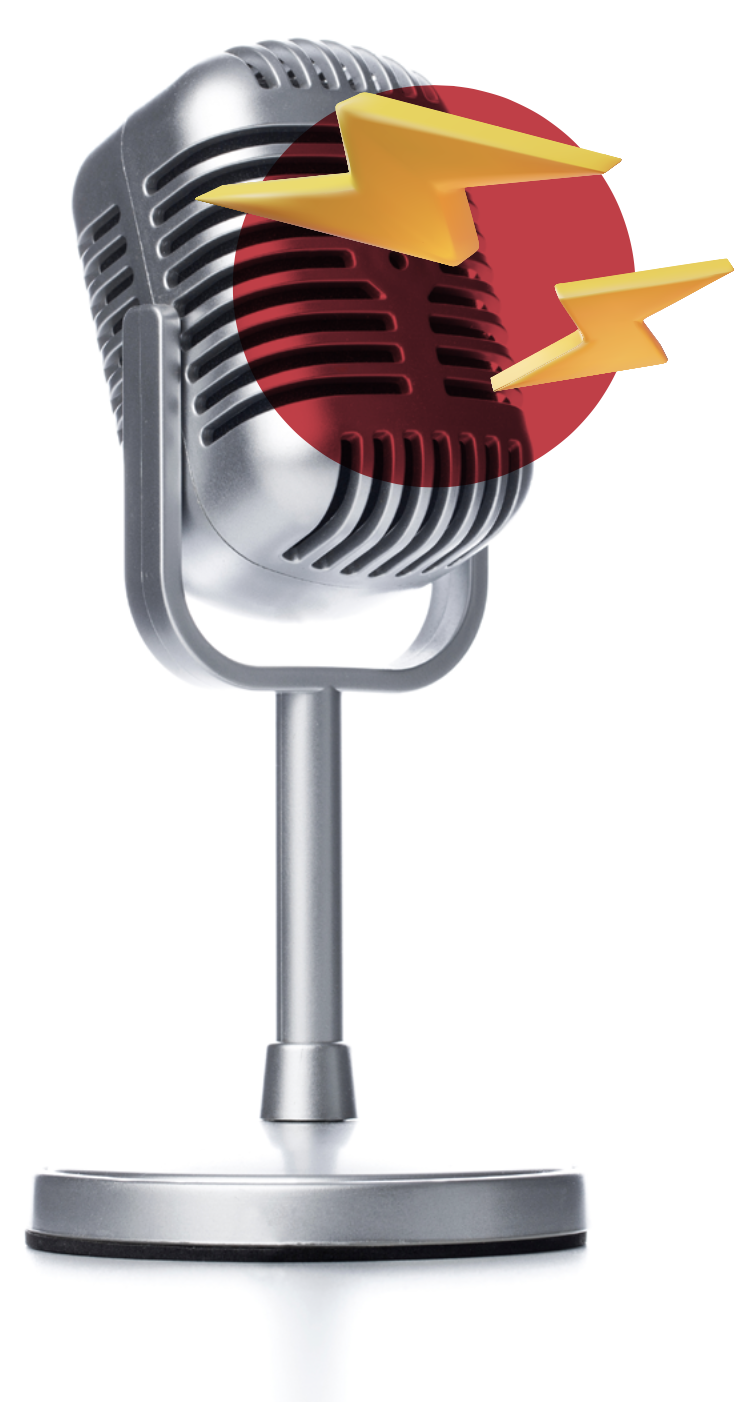R
ecently we have seen major announcements from media companies signaling a massive shift in the relationship between advertisers, media companies and audiences. Additional evidence of the need for marketers to use every available channel, from traditional ads to product placement to influencer marketing, is everywhere. In particular, the power of product placement – both for content owners looking to further monetize their work and for brands looking for ways to reach audiences no matter where they are watching content – has taken center stage. As streamers enter a new phase of their business models and seek to maximize revenue across every available front, marketers will need to use all of these engagement channels in combination to best connect with audiences and achieve success.


The News from the NewFronts and Beyond
During its Q1 earnings meeting, Netflix announced plans to offer an ad-supported subscription tier within the next few years – a massive change in strategy for the streaming giant. Shortly after, both Peacock and Amazon made big announcements at this year’s NewFronts, emphasizing new offerings for virtual product placement. Both of these companies’ emphasis on product placement was shocking in some respects. By using an event typically focused on traditional ads to instead highlight the importance for brands to be inside the content, these traditional powerhouses marked a significant shift in how media companies are thinking about advertising. The reasoning behind this shift is clear. Media platforms are not only looking to activate new revenue streams but also provide options that perform best for
brand marketers. According to data from Amazon, consumer products brand M&Ms saw a 6.9% lift in brand favorability and 14.7% boost in purchase intent in a test of the brand’s virtual product placement offering. (Marketing Brew) This follows a study from longtime ad-supported streaming platform Hulu, which stated in 2018 that product integrations on their platform delivered 89% higher purchase intent and 74% higher brand awareness than traditional 30-second commercials. (CNBC)

The emergence of these new technologies and offerings comes at a critical time for marketers. Marketing Brew recently cited Nielsen data that showed streaming surpassed linear television in
terms of weekly reach among 18-29 year olds
in 2022. Even more, connected TV spending is expected to grow 39% this year to reach $1.2 billion, more than double the 2020 level according to the IAB. As marketers survey this drastically changing landscape, having strategies in place to reach audiences across linear, ad-supported streaming and ad-free streaming becomes essential at the same time that the margin for error on allocating spend is shrinking.

Surrounding Content is the Key to Success
In a world where multi-channel marketing is the norm and audiences are taking in information at all times, understanding how integrations compliment a holistic marketing campaign is vital. The key for brands is to reach every relevant household watching a show – regardless of whether that household is watching on an ad-supported linear channel, an ad-supported streaming channel, or if they’re watching on a platform or at a subscription level that helps them avoid ads altogether.
Over the past few years, marketers have sought to accomplish this by identifying unique audiences that were unreachable through their traditional ads. But recent research from TV analytics firm 605 suggests that this might not be the best approach: a strategy that seeks to expose audiences to both TV ads and product placements provides the best results. In one example, audiences exposed to both a TV commercial and to snack brand Doritos’s integration into the CW show Riverdale saw a sales lift of more than 61% compared to a 37% lift for those exposed to Doritos’ TV commercials only. In another example, cereal stalwart Honey Nut Cheerios experienced an impressive 53% sales lift among audiences that saw both their integration in the CBS show Mom as well as one of the brand’s TV commercials, while the audiences exposed to just the TV ads saw a much smaller 13% sales lift.
A campaign by CarMax was more focused on driving traffic to their website than actual sales. Yet still in this case the combination of TV ads plus product placement proved the most effective. Audiences exposed to both channels saw an 8.2% lift in web visitation as a result of CarMax’s integration into an episode of Jimmy Kimmel Live while web traffic from audiences exposed only to the brand’s TV ads remained flat.

Marketers should be searching for measurement methodologies that allow them to easily compare and evaluate the efficiency and effectiveness of different media channels – and they shouldn’t settle for just upper funnel metrics like impressions or views. There has been great progress in the ability for direct attribution to provide data on everything from lift in retail sales to spikes in web traffic to increased in-store foot traffic. These methodologies have been available in the TV ad measurement space for a while but are now being applied in innovative ways to measure product placements inside TV or film and brand integration in influencer content. Brands can even use these tools to better understand how different marketing channels – like product placement and traditional thirty second TV spots — impact each other and can better drive consumer action. Brands need to focus on utilizing the same KPIs to measure each of their media channels, and seeking out vendors and solutions that can help them get lower- funnel metrics for all of their investments.”
Integrations Improve Ad Effectiveness
Audiences Exposed to Both Brand Integration & 30-Second Spot


Measurement for Every KPI
As marketers look to get inside content, finding the right measurement tools to track KPIs is essential for evaluating campaign performance. Content options have expanded exponentially as the channels and platforms available to audiences have grown. Luckily, advanced measurement options have kept pace with this growth, allowing marketers to understand performance across all content integration opportunities.
Whether looking to integrate results into an existing MMM (Media Mix Model), understand the impact of placements in television, movies, or music videos through brand lift studies, or directly track down- funnel action through attribution studies, all of these advanced measurement techniques are at the disposal of brand marketers looking to get inside of content.
For BEN client General Mills, a recent campaign brought all of these resources into play in order
to understand the impact of a holistic campaign
for the Cheerios and Honey Nut Cheerios brands. With placements in 22 properties across television, film, and music video that accumulated 115 million impressions, having the variety of measurement capabilities available was key in order for the brand to see how and where consumer action was impacted by this robust effort.

Utilizing direct attribution they were able to track a 27% lift in sales among consumers who saw the brand’s integration in the television show Mom, in addition the gains mentioned previously. Utilizing brand lift studies they were able to achieve a +31% lift in brand opinion among those who watched the music video for Charlie Puth’s hit song “Girlfriend”. After incorporating product placement viewership data into the brand’s existing MMM, the marketing team was able to demonstrate that their investments resulted in approximately 80,000 cases sold.


The Many Forms of Product Placement

With the emergence of virtual product placement, there are now more ways than ever for brands to integrate into content. The challenge is for marketers to understand what type of product placement is the best fit for their brand, product or marketing objective.
The Many Forms of Product Placement
One question challenging marketers watching the news coming out of the NewFronts and Upfronts is: “What type of product placement is right for my company?” There are four current approaches to product placement, and each has its benefits depending on your product and your marketing objective.
Story-Driven Placements are open to all products and to the majority of productions being filmed around the world. They are also referred to as Narrative Placements. They offer the highest levels of authenticity for a brand, as they often result in placements that help move a story forward or help define a character. They generally offer the most prominence on screen and can include verbal mentions or post-production elements such as the appearance of apps on mobile devices, electronic interfaces, or websites on computer screens. They can also be the most effective in closely aligning a character with a brand and creating a cultural moment that stands out to audiences. The placements work best as a large campaign that can be purchased similar to other media and due to their scale and longevity they have the best measurement potential. However, story-driven placements typically require an upfront investment and usually have a gestation period of four to eighteen months before results are seen.
Prop Placements are often lower cost and also
work with a product before a scene is shot rather than after the content has been finalized. These are a great fit for products frequently needed during production – everything from packaged goods to fashion to electronics to automobiles. Like story- driven placements, they offer the benefit of hands-on usage and greater prominence on screen. They can provide brands with greater control over how their products are used than virtual product placements, and unlike virtual product placements they are open to nearly any piece of content being filmed anywhere around the world. But they aren’t a great fit for products or brands that require verbal mentions or post-production support and often don’t come with guarantees of placement.
Branded Content can be useful for brands looking to highlight a time-sensitive message or product during a specific marketing campaign. These placements are often tied to events such as holiday buying guides or back-to-school shopping. They work most effectively with daypart or late-night series and offer the greatest control over messaging. Yet they can come at a higher cost and their restricted to short- term objectives.
Virtual Product Placements are faster to implement, can be easier to scale, and provide audience targeting capabilities. They are usually restricted to a limited pool of content opportunities, are typically less prominent on screen, can be relatively expensive and usually ‘expire’ once an impressions threshold is met. They work best for brands looking to blanket a targeted audience with impressions over a specific period of time.
The 4 Types of Product Placement



KEY
TAKEAWAYS
1
Media companies are looking for more ways to connect brands with audiences, providing new opportunities for marketers to achieve success
2
New research is demonstrating the effectiveness of product placement in driving sales and brand lift
3
Using Product Placement as an ‘and’ strategy with TV ads delivers increased campaign impact
4
Advanced measurement techniques are now available to track marketing results across all KPIs
5
There are 4 main approaches to product placement and each can help marketers achieve different KPIs
Click here to download a PDF version of this report.
